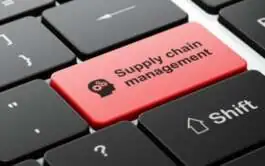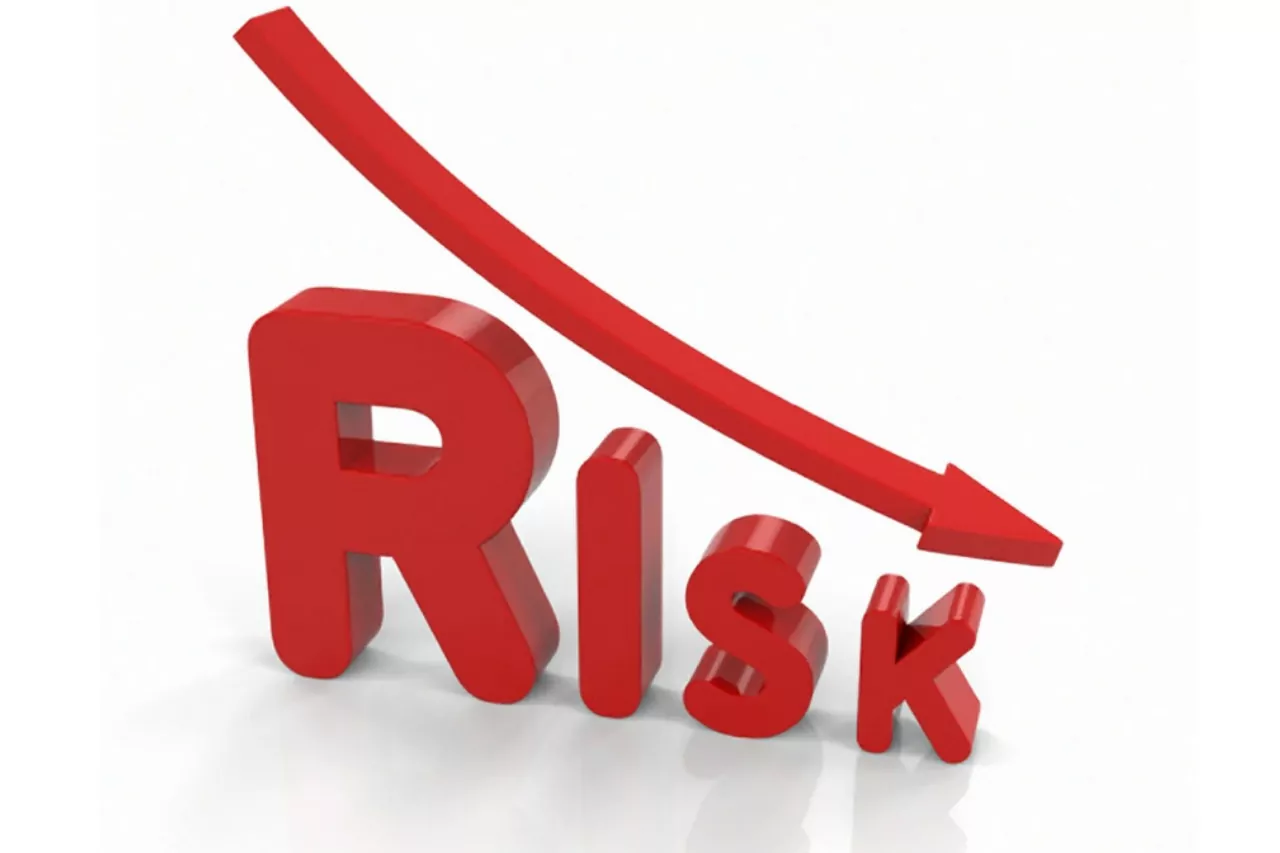Quality Risk Management (QRM) has in recent years become a ‘regulatory hot topic’. In December 2017, an updated draft version of Eudralex Volume 4 Annex 1 was released with the addition of over a hundred new clauses. On review, it is evident that this revised Annex 1 document has considerably raised the bar in terms of the expectation for the application of QRM in the Pharmaceutical industry. For example, the new draft guidance contains over 130 references to risk compared to 21 in the current 2008 revision.
According to ICH 9 two main principles of quality risk management are:
- “The evaluation of the risk to quality should be based on scientific knowledge and ultimately link to the protection of the patient; and
- The level of effort, formality and documentation of the quality risk management process should be commensurate with the level of risk.”
In the current revision of Annex 1 (2008) the only reference to risk is contained in Section 8: Clean room and clean air device monitoring. In contrast to this there are references to risk in multiple sections throughout the revised draft Annex 1 including Sections 2, 3, 4, 5, 7, 8 and 9.
One significant addition to the requirements in this new draft Annex 1 document is for a documented Contamination Control Strategy which should be based on a holistic contamination control risk assessment as referred to in Eudralex Volume 4 Chapters 3 and 5.
With the revision of Annex 1 and the additional focus on QRM, existing QRM programs employed by the pharmaceutical industry need to add value and give us information that we can use to continually reduce risks in all areas of our manufacturing facilities and operational processes. In addition, risk principles need to be fully incorporated into all aspects of the Pharmaceutical Quality System.
The heavy emphasis on QRM in the new draft Annex 1 will ensure that QRM programs will contain an ever-increasing volume of information that needs to be easily accessed, allowing the information to be used to drive continuous improvement in processes and behaviour. The information contained in a QRM program must be used to lead us to an ever-deepening understanding of the operational processes used in our industry, thus ensuring patient protection in everything we do.
To read the full Annex 1 2017 draft guidance, please visit the following link: https://ec.europa.eu/health/sites/health/files/files/gmp/2017_12_pc_annex1_consultation_document.pdf
PharmaLex can support your organisation in many ways. If you would like our Team to examine your Quality Risk Management strategy and work with you in conducting Risk assessments, please connect with us to discuss +353 1 846 4742 or contactirl@pharmalex.com








